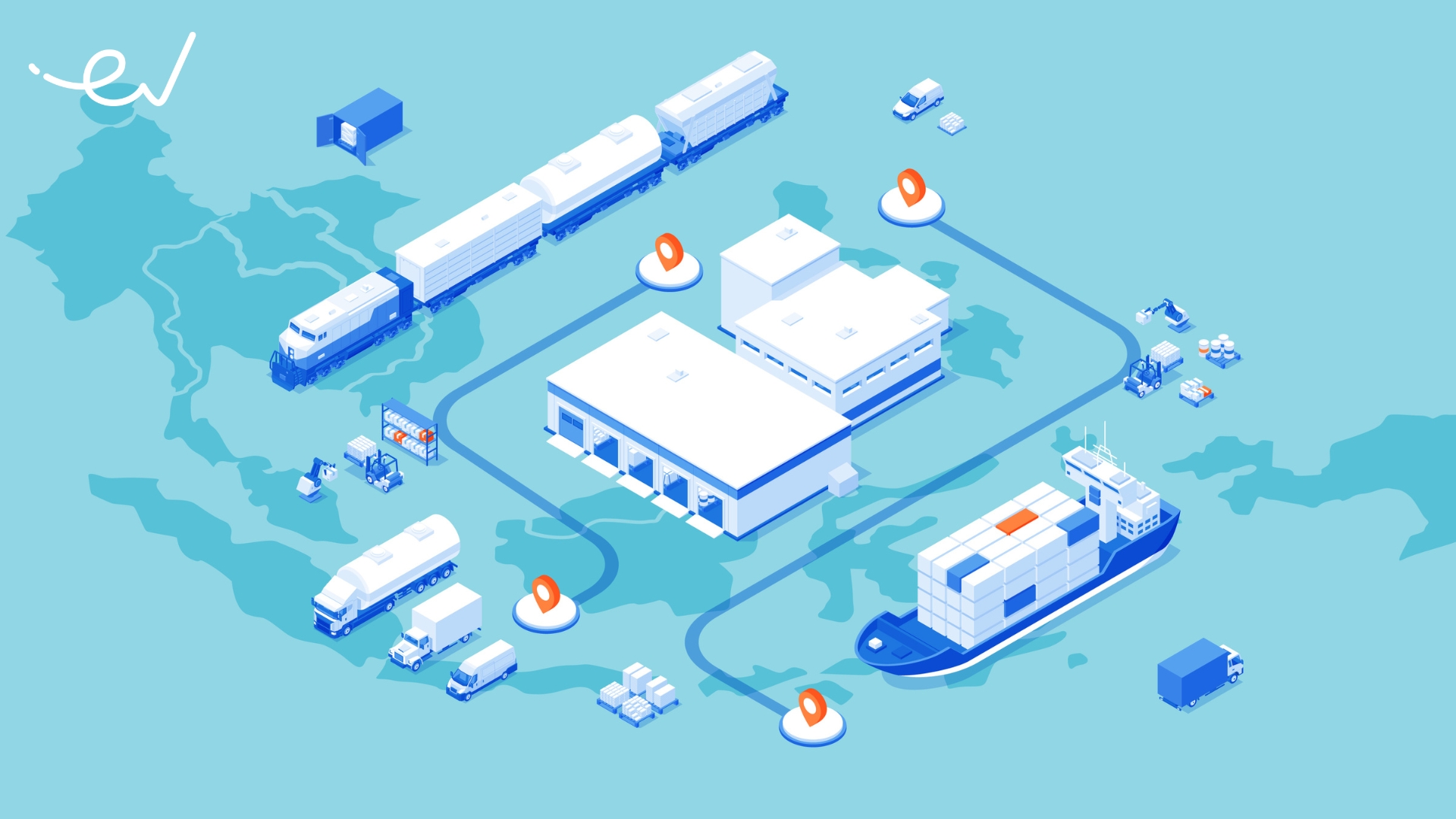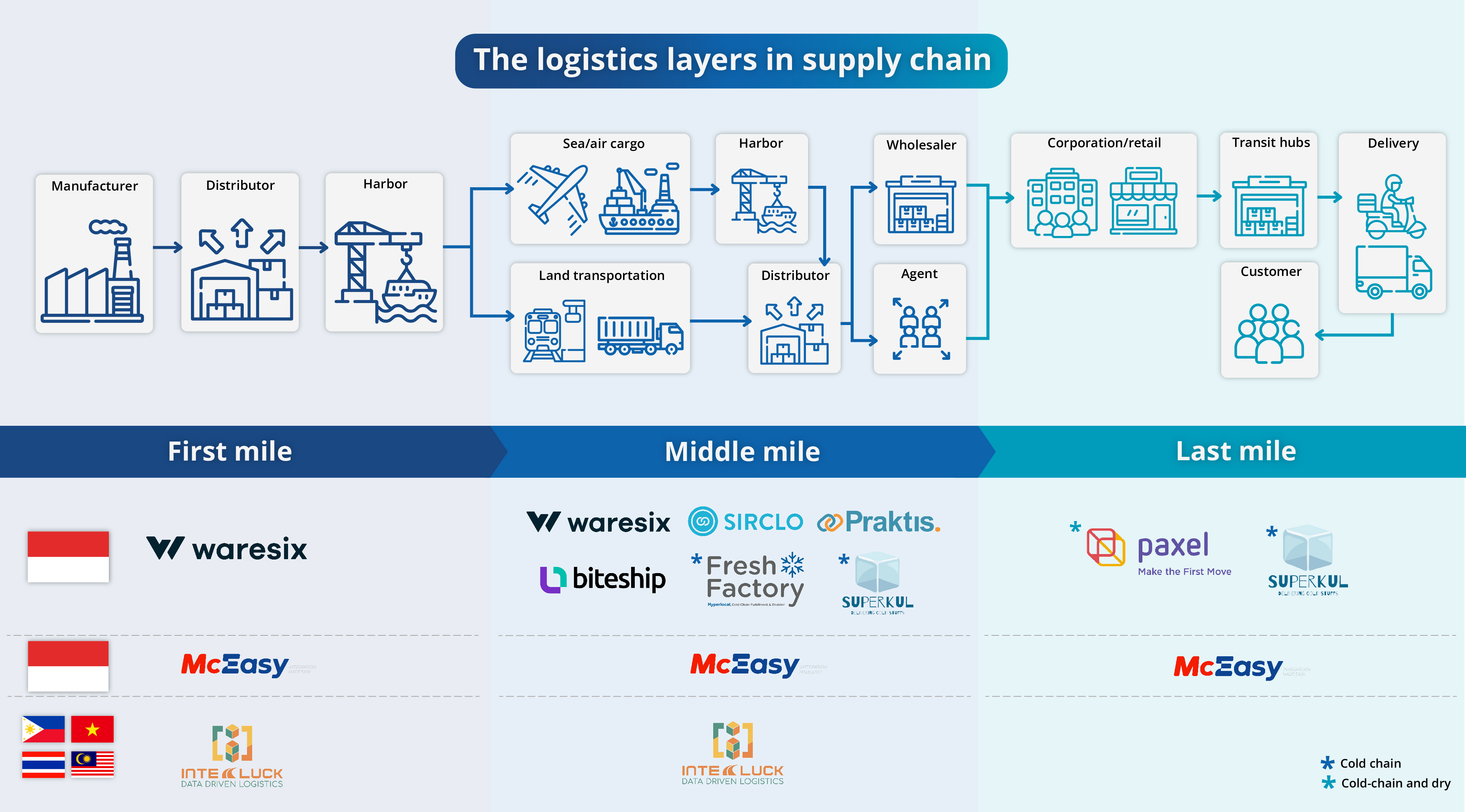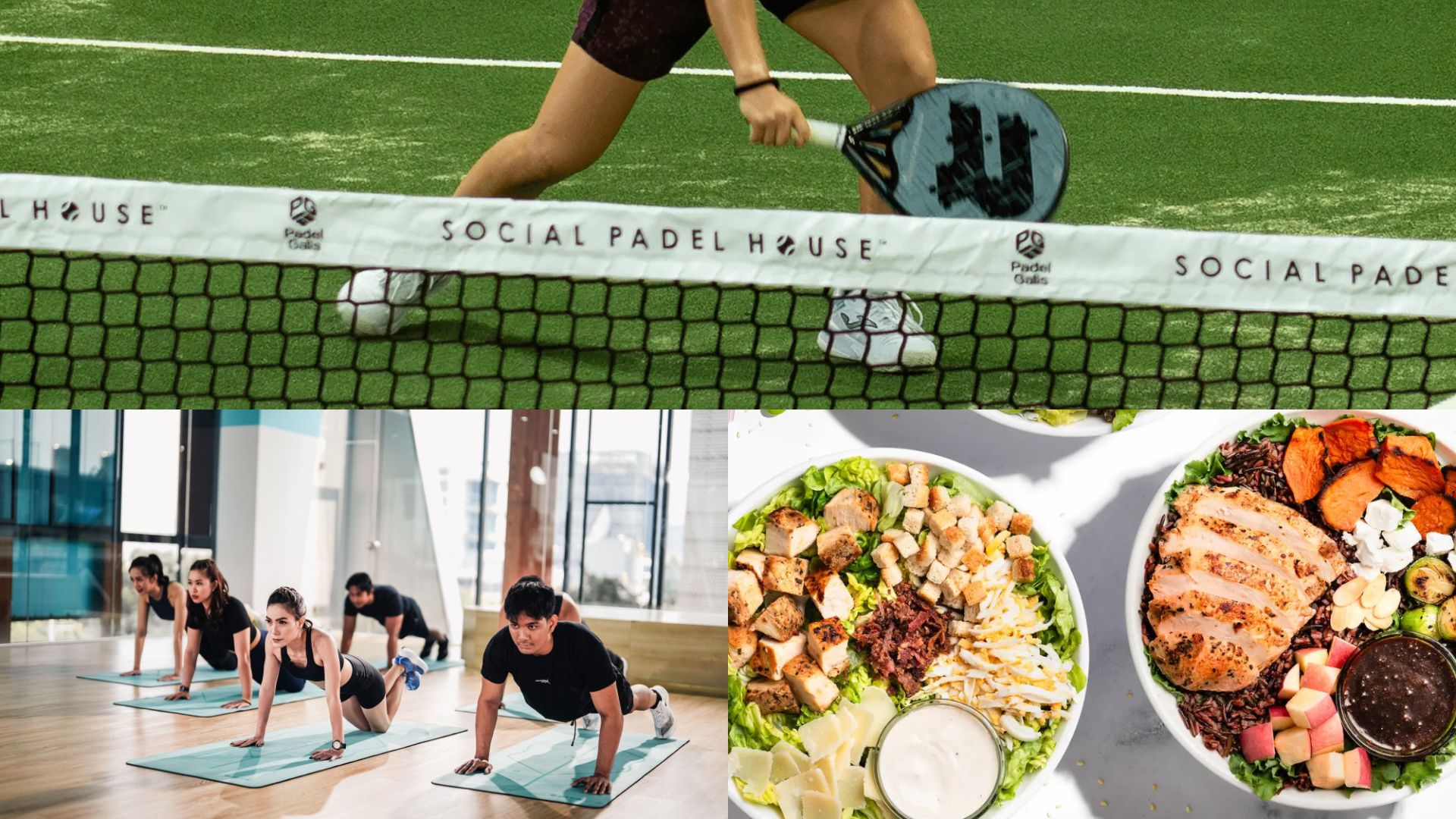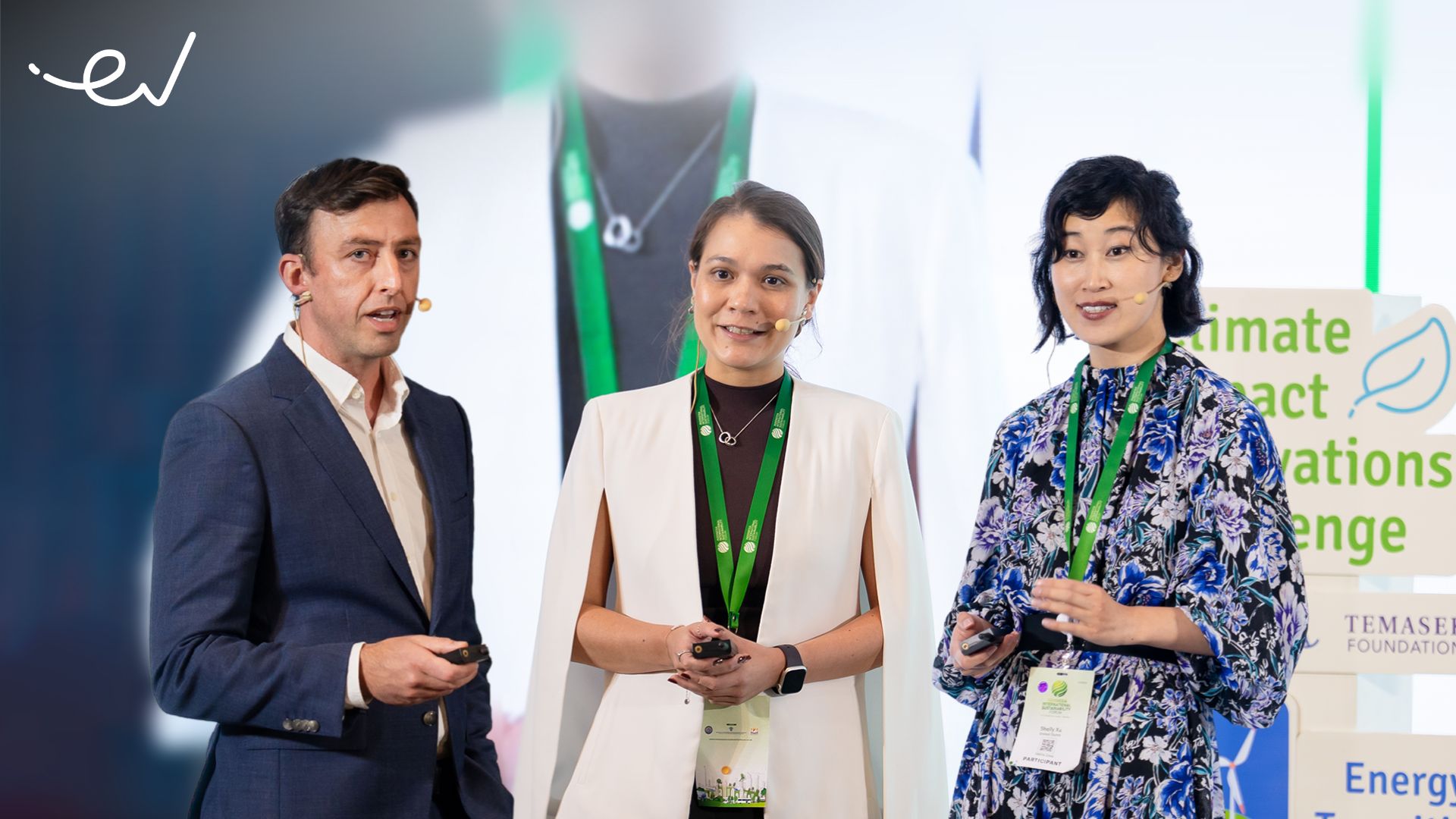The ongoing problem of high logistics costs has affected the world since COVID-19 began, and Southeast Asia hasn’t been spared. The steep expenditure is driven by several factors, such as supply and demand disruptions, geopolitical and economic uncertainty, compounded by surging inflation, and amongst others.
However, Southeast Asia’s logistics sector is experiencing remarkable growth, driven by the region’s fast growing economies and positive macroeconomic fundamentals such as population growth and a burgeoning middle class. The sector’s market value is projected to reach US$55.7 billion by 2025, reflecting a compound annual growth rate (CAGR) of 5.5% over the forecast period 2018-2025 .
To support the demands of a growing market, the logistics industry is changing by utilizing technology to solve supply chain problems. This change benefits all parts of the logistics supply chain which are categorized into three layers: first mile, middle mile, and last mile.
First-mile delivery
The premise of first-mile delivery is getting the product from its initial location (the manufacturer or the supplier) to another location, usually a central warehouse, where it can be prepared for further transportation.
Imagine you’ve ordered a bottle of body wash online. Once the body wash bottles are manufactured and ready for shipment, the logistics and supply chain start when first-mile players like Waresix step in to efficiently handle the shipping and warehousing. In this phase, the body wash bottles are transported in bulk orders via Waresix’ trucks to its warehouse.
Middle-mile delivery
Once the body wash arrives at a central distribution center, Waresix transports the products to the distributor, local and smaller warehouses, and stores where you can purchase them.
Companies in middle-mile delivery specialize in optimizing the flow of goods between distribution points, focusing on cost efficiency, faster transit times, and overall supply chain effectiveness. Various logistics functions are involved in the middle mile to ensure items like the body wash reach different places. They are:
- Freight and cargo logistics
Freight and cargo logistics are essential in the middle mile delivery segment. They primarily involve the movement of large volumes of goods between distribution centers, regional hubs, and warehouses. Freight and cargo logistics providers either connect shippers with trucking companies and transportation services or provide the services themselves. Waresix is a logistics technology integrator that connects shippers with fleets across Indonesia through its extensive network of land and sea transport.
- Tech-enabled logistics
Tech-enabled logistics companies facilitate real-time visibility data for monitoring the movement of goods, spanning from the shipper to the end-point of logistics, which could be another warehouse, store, or the end-customer. This enhances various aspects beyond addressing delays in many touch points. It enables better procurement processes, improves overall supply-chain efficiency and planning, and mitigates on-the-ground problems and fraud. This comprehensive visibility ensures that each step in the mid-mile logistics process operates smoothly, contributing to a more streamlined and reliable supply chain.
McEasy is a platform that manages first-mile, middle-mile, until the last-mile delivery effectively and transforms traditional logistics with technology. It provides Software-as-a-Service (SaaS) solutions for logistics operators, tools like the Vehicle Smart Management System, Transportation Management System, and Smart Driver Apps, promoting an automated and integrated logistics ecosystem.
- Warehouse and fulfillment
Warehouse and fulfillment are gaining momentum as the volume of orders increases in Indonesia. Players like Waresix, SIRCLO, and Praktis offer warehousing and fulfillment services in the middle mile. In addition to ground transportation and domestic freight, Waresix provides Warehousing & Inland Logistic Terminal (ICT) services, including an operating system for medium-sized businesses and enterprises operating within Indonesia’s 17,000 islands.
SIRCLO is an e-commerce enabler providing fulfillment services and warehousing management tailored for enterprises of diverse sizes. Its platform integrates inventory across multiple sales channels, marketplaces, and chat commerce.
Praktis is an end-to-end supply chain enabler that acts as a single point of contact for SMEs in managing their back-end operations. Its services cover raw material purchase, production, fulfillment, and logistics with technology enhancement to provide streamlined and reliable operations both for direct-to-consumer (D2C) brands and suppliers.
- E-commerce logistics
Many e-commerce sellers face a huge technology gap between shipping and warehouse providers that add to the complexity of their business. Startups like Biteship simplify shipping using a 4PL approach, connecting 3PLs with e-commerce sellers. It handles pickup, location and stock management, and provides mini fulfillment for online businesses, integrating with top Indonesian delivery providers through Application Programming Interface (API).
Last mile delivery
Once Waresix has transported the body wash to the final transit point, whether it’s the seller’s warehouse or a fulfillment center, Paxel takes over for the last mile, delivering the body wash to your address.
The last mile is the most complex stage, due to the multitude of destinations ranging from individual customers to retail stores. Typically dealing with smaller cargo, this is where specialized services come into play to ensure your order, whether it’s body wash, temperature-sensitive goods, or other items, reaches the end customer.
Courier and express services like Paxel play a crucial role in delivering timely and secure packages in the last-mile. Paxel specializes in instant and same-day deliveries across Indonesian cities, utilizing algorithm-optimized routes. Their relay model and smart locker system enhance efficiency, covering both inter and intra-city routes for instant and same-day services.
Cold chain logistics
Cold chain logistics is the specialized supply chain process for products that require a controlled and consistent temperature environment throughout their journey, such as ice cream, perishable products, dairy products, chemicals, and pharmaceuticals, among others.
For cold chain logistics, the first-mile players are typically big enterprise companies. They transport the temperature-sensitive goods from the manufacturer to a designated cold storage facility, with trucks that are closely monitored for temperature control. These facilities are usually huge warehouses equipped with advanced cold-chain infrastructure and strategically located in outer urban areas.
In the middle-mile, the goods are moved from one cold storage facility to another, or to another fulfillment center, or a retailer.
Fresh Factory has a network of hyperlocal, micro, and cold-chain fulfillment centers across 20 cities in Indonesia for tech-based efficient storage and distribution. It works with SMEs, medium-sized, enterprise brands, and distributors for procurement, processing, transport, and cross-border delivery.
Superkul offers both middle and last mile cold-chain transportation, via blind-vans, trucks, and motorcycles with refrigerators for precise temperature control. The temperature ranges from -22°C to 10°C, depending on the specific requirements of the goods, with real-time tracking for added efficiency.
In addition to dry products, Paxel also provides same-day delivery for both inter and intra-city cold chain products. It provides special handling for cold chain shipments with aluminum foil on packaging thermal insulation, and employs Motor Box Freezer for motorcycles equipped with freezer boxes, alongside cold trucks for delivery. Additionally, cooling facilities such as freezers or chillers are employed during transit to maintain optimal conditions.








